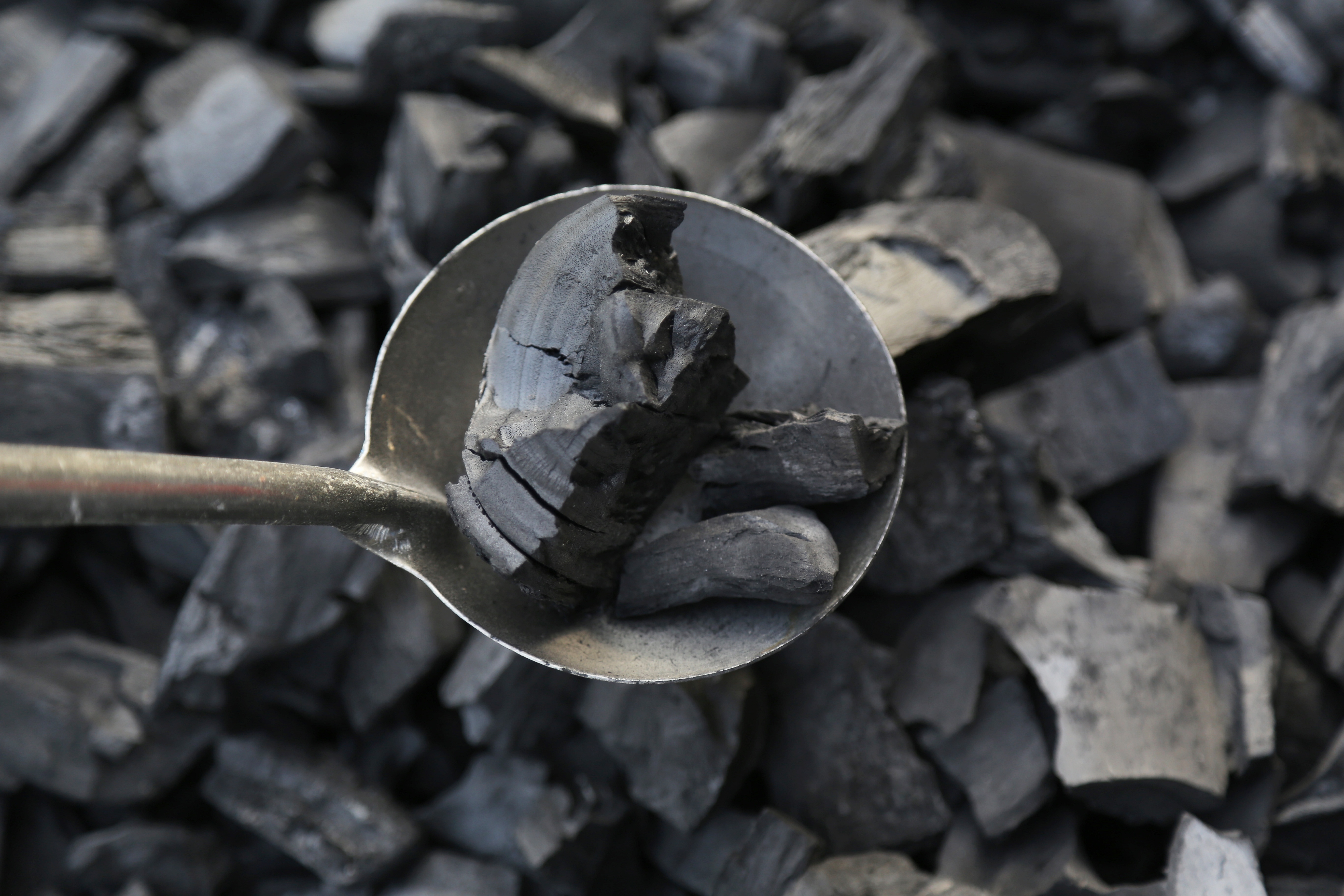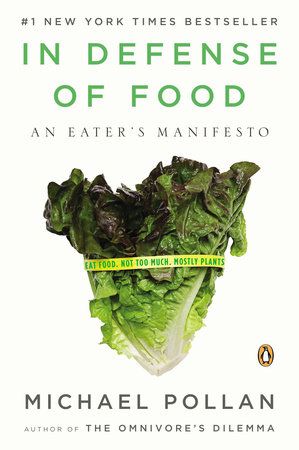Don't Forget the Charcoal
Published: Wed, 06/22/16
June 22, 2016
Don't Forget the Charcoal Joseph Kukucka, M.H.

For some, the word charcoal kindles thoughts of the barbeque grill. For others it is an artistic medium for drawing. But charcoal has a myriad of diverse uses.
Charcoal is the black remains of fire consisting of carbon and ash. It is obtained by burning off the water and other volatile constituents from animal or plant substances. Ash consists of the noncombustible contents of whatever was consumed by the fire. It is high in minerals and metal content. Ash is also a disinfecting agent. If we look at the remains of a campfire that used wood from oak, elm or ash trees it would appear that the logs had been completely
consumed by the fire and there was nothing further to use. Yet that plant (herb) is born again as charcoal with new attributes.
For instance, when camping, good water may be hard to find, but by adding a chunk of charcoal - that is not Kingsford or similar briquette that is pressed together with chemicals - from your campfire into a pot of boiling water it will make the water safe to drink.
Charcoal:
- is used in the purification processes, respirators, air conditioning systems and in the clean-up of waste gases.
- is used to clean the soil of contaminants and also acts as a soil conditioner.
- acts as a substitute for lime because of its high pot ash content.
- A lump of charcoal in a toolbox will help keep tools dry and rust-free.
- can be used anywhere in the house that there is a problem with odor, mildew or mold.
- inhibits bacterial & viral growth.
- is a very good treatment for nausea, vomiting, diarrhea and controlling flatulence.
- Works well in conjunction with herbs.
- Can relieve tooth ache, whiten teeth and help infected gums.
For treating little ones with diarrhea a good remedy is to mix charcoal powder with bananas.
Charcoal may be given internally to help detoxify individuals for a variety of toxic conditions. In fact, it is an excellent detoxifier for the whole body cleansing as it has the ability to adsorb most drugs, excess cholesterol and triglycerides.
Charcoal is rated Category I, safe and effective by the FDA for acute, toxic poisoning. Virtually every hospital across the country has charcoal on hand to deal with drug overdoses, food poisoning and other poisoning from toxic substances. Charcoal is superior to anything else for poisoning and this is proven by clinical evidence.
Time is of the essence when it comes to poisoning and activated charcoal is more likely to reduce poison absorption if given within an hour of ingesting a poison. Charcoal effectively neutralizes Prozac, acetaminophen, caffeine, strychnine, morphine, nicotine and aspirin. However, it works poorly or not at all for strong acids and bases, alcohols and hydrocarbons such as petroleum distillates like gasoline, paint thinner and cleaning fluids.
What is commonly called stomach flu is technically not the flu. Rather in most cases it is gastroenteritis which is an acute inflammation of the lining of the stomach. This calls for a charcoal slurry.
Charcoal is neither absorbed nor metabolized by the body but the charcoal adsorbs toxins before these poisons could compete with oxygen and nutrients that were trying to pass through the cell membrane. Instead of absorbing essential food elements, charcoal removes toxins that are competing with nutrients for intestinal and cellular absorption thereby promoting efficient nutrient uptake.
Charcoal may also be used externally in poultices. The human skin has the amazing ability to allow the transfer of liquids and gases through its permeable membrane. By the application of moist charcoal compresses and poultices bacteria and poisons are drawn through the skin into the charcoal. Poultices have been found to be effective for itchy skin, infections, gangrenous ulcers, insect bites and stings. That includes the bites from brown recluse spiders, rattlesnakes, scorpions and ants.
Charcoal poultices have also been found good for the pain associated with sore throats, earaches, toothaches, irritated eyes, sprains, inflammations and bruises. Any area that is red, painful, swollen and hot responds to charcoal. Pain produced by cancer, whether in the bone, abdomen or elsewhere, may be controlled with a charcoal poultice. It is reassuring to know that when one is unsure about what remedy will work and what will not that there is no worry of compounding problems with charcoal
as there is with most drugs. Charcoal powder acts like a sponge to quickly eliminate most toxins from the body allowing the body to better handle the much lower amounts of toxins which remain.
The combination of flaxseed and charcoal is one popular way to make a poultice. The flaxseed, when powdered or boiled, acts as a binder for the charcoal. Flaxseed also has its own healing virtues. A poultice can also be made with just plain water, K-Y Jelly, hand lotion or herbs such as Hops, Slippery Elm or Golden Seal.
While charcoal may greatly benefit some as a general detoxifier for a couple of months, it is not meant to be taken as a daily supplement. It only helps to restore health if used along with good health practices and a nutritional diet.
Much of the information for this article came from Charcoal Remedies.com by John Dinsley
Joe KuKucka is a Master Herbalist Graduate from the School of Natural Healing. He lives and works in Ohio and would be happy to answer questions via email. [email protected] and [email protected].
Printable Version: http://www.herballegacy.com/If you missed an article be sure to visit http://www.herballegacy.com and click on Articles. Also, take advantage of David Christopher's Radio Show (see Resource Links below for more information).
Charcoal Recipes
 Charcoal Slurry: Stir 1 heaping tablespoon of charcoal powder into a glass of water & drink.
Charcoal Slurry: Stir 1 heaping tablespoon of charcoal powder into a glass of water & drink.
In case of Poisoning
- Immediately drink 4-8Tbl charcoal mixed in a small amount of water
- Refill glass with water & drink the remaining sediment
- If the person has eaten within 2 hours more charcoal may be required
- Repeat charcoal dosage in 10 minutes & anytime symptoms worsen
- On the safe side, person should be taken to a hospital as quickly as possible
- General rule: Treat children with ½ an adult dose
- 2 Tbsp. charcoal
- 2 Tbsp. finely ground flaxseed
- 4 Tbsp. water
- Mix into a jelly-like consistency
- Spread jelly between paper towels or cloth
- Apply patch to body area
- Overlap the plastic
- Cover with cloth or plastic wrap
Printable Version: http://www.herballegacy.com
For a limited time In Defense of Food is available at christopherpublications.com for 15% off

Originally $16 now only $13.60!
Herbal Resource Links
- Herbal Legacy - http://www.herballegacy.com - Our free information website
- The School of Natural Healing - http://www.snh.cc - Quality Education since 1953
- Christopher Publications - http://www.christopherpublications.com - Dr. Christopher's books and more
- Christopher Websites - http://www.christopherwebsites.com - Find all Christopher websites and other great resources
- A Healthier You Radio Show - http://www.ahealthieryouradio.com - Free weekly radio show
The School of Natural Healing: http://www.snh.cc
Christopher Publications: http://www.christopherpublications.com
NOTICE: All information in this newsletter is given out as information only and is not intended to diagnose or prescribe. For our official Disclaimer, Biological Individuality, Important Notice & Terms of Use please see: http://www.herballegacy.com/Disclaimer.html
This newsletter is sent by permission only - you can unsubscribe quickly and easily by clicking the link below.
.

